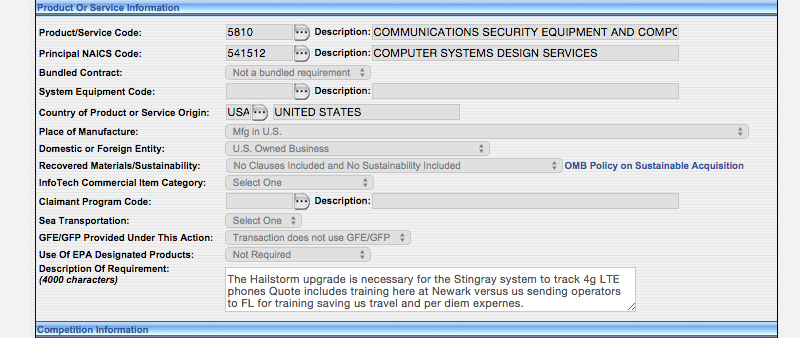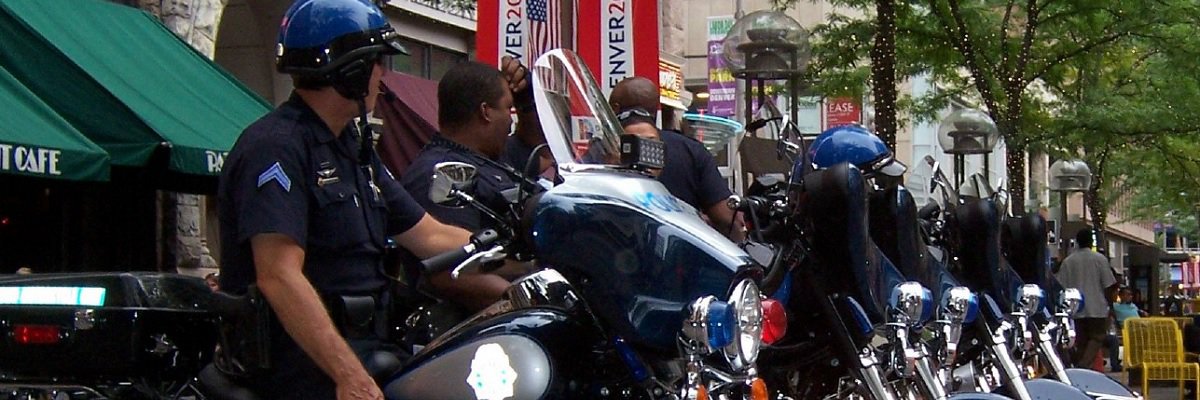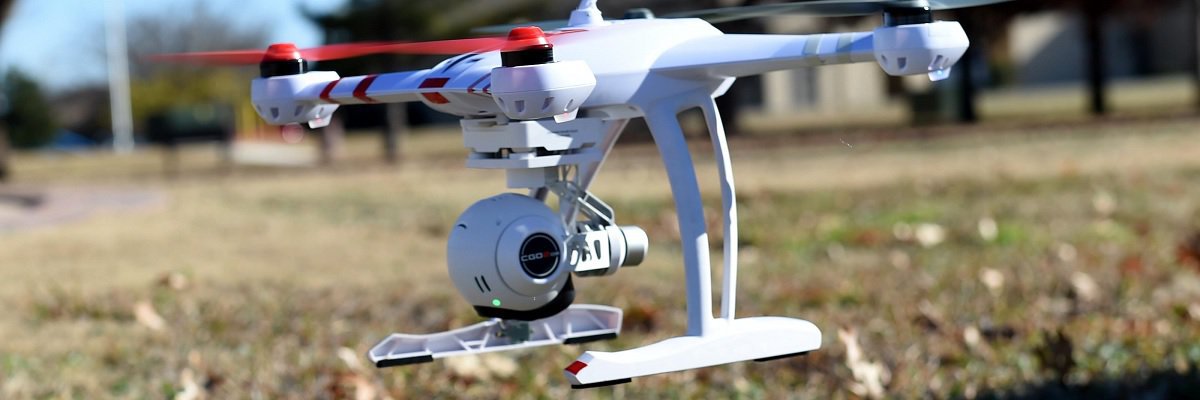Over the past ten years, the Drug Enforcement Administration has spent millions of dollars on cell phone tracking. Federal purchasing documents that are already posted online indicate the make and model of the tracking device, and often even the DEA field office that bought it.
Simple searches on the Federal Procurement Data System reveal more than $5 million that the DEA paid Harris Corporation since 2005 for cell phone trackers and training sessions. The DEA bought a range of surveillance devices from the StingRay line, and as well as numerous device upgrades.

This information is already publicly posted online for anyone to review. But, even after conducting a physical count in response to one request, the DEA insists that it cannot release acquisition documents for its cell phone trackers. Just like the FBI, the DEA continues to withhold the most basic information about surveillance equipment everyone knows they use.

The DEA has been purchasing equipment from Harris Corporation since at least 1984, per online federal payment records. The majority of transactions do not indicate what items the DEA picked out of the Harris Corp. catalogue, which includes radio and dispatch systems in addition to the StingRay line of cell site simulators.
Many of the more recent entries, however, are much more detailed.
In 2005, the DEA headquarters spent more than $130,000 on a StingRay device. The DEA also bought an antenna, called the AmberJack-X, which extends the spectrum of cell phones that the StingRay can detect, according to a Harris Corporation brochure from 2008.

The federal payments database also indicates that DEA headquarters paid $29,200 for “StingRay Training” in 2008.
The DEA’s Office of Investigative Technology is, predictably, an enthusiastic buyer of cell phone trackers. The unit spent more than $180,000 on cell phone trackers in 2007, including for a vehicle-mounted StingRay and a detection spectrum upgrade. Two years later, the Office of Investigative Technology contracted with Harris Corp. for an upgrade from StingRay to the StingRay II model, as well as an upgrade for an AmberJack antenna, at a combined cost of $130,500.

The Office of Investigative Technology spent another million dollars on StingRay purchases, training and upgrades in 2010. On a $12,000 purchase order in June 2010, the office indicated that the purchase order was for “Stingray training required for operating cellular interrogating system during DEA operations.”
DEA field offices also purchased StingRay products and training, the federal payment database shows. In 2008, the Newark and New York divisions both paid Harris Corp. for training on cell phone tracking devices. The Atlanta division’s Mobile Enforcement Team (MET) bought an AmberJack antenna in September 2009 for $18,000.
In 2011, the Los Angeles division scored a StingRay II upgrade, as well as a Harpoon signal-booster. Harris Corp. marketing materials indicate that the Harpoon amplifies a cell site simulator’s performance.
Eight field offices upgraded to the Hailstorm model of cell phone tracker in 2014: New York, Boston, Philadelphia, New Orleans, Miami, San Francisco, Washington, and the Caribbean. This represents more than a third of all DEA divisions.

According to the March 2014 purchase order for DEA’s headquarters to upgrade to Hailstorm, “The Hailstorm upgrade is necessary for the Stingray system to track 4g LTE phones.”
The DEA also split the cost of an AmberJack antenna upgrade with the New York/New Jersey High Intensity Drug Trafficking Area (HIDTA), a regional task force established in 1990. The DEA split the $51,000 purchase in 2014 in a move “to support Task Force Operations”.
Online payment entries do not offer the full timeline of cell phone tracking purchases by the DEA. While the above transactions contain clear descriptions, many others do not indicate the details of a given transaction with Harris Corporation.
The most recent entry with clear descriptors illustrates this. The January 2015 transaction, which is labeled as “StingRay II”, closes out a $591,000 purchase order that was submitted four and a half years earlier. The checkbook entry for the original purchase order describes the purchase more vaguely: “Equipment and Training”.
Another series of transactions from 2009 and 2010 follow the same pattern: the initial purchase order to Harris Corp. is described as covering $1.8 million in “Telecommunication Equipment”, while subsequent entries indicate that the DEA’s Office of Investigative Technology obtained “Stingray System Purchases and Upgrades”.

We thus have an incomplete picture of how many cell phone trackers the DEA has purchased, not to mention how the agency oversees operational deployment of cell site simulators.
Given the details that are already online regarding its purchases of trackers from Harris Corporation, the DEA’s refusal to release invoices and contracts upon request is absurd. MuckRock will appeal the DEA’s rejection of our FOIA request for acquisition documents.
The Justice Department, which contains the DEA, claims it has taken measures to “enhance transparency and accountability” around cell site simulators. As part of that accountability for tracking of mobile devices, it’s critical for federal law enforcement to release their ledgers and receipts.
Read the DEA’s full rejection letter embedded below:
Image via DEA.gov




